English Gothic Live: Tyesha’s Blog
Past to Present: A Look Into Gothic Revival Architecture In An Elizabethan Manor House
Last summer, twelve students and one professor shared an unforgettable experience called English Gothic Live, a course on medieval and medievalist architecture which we studied on site while based at the University of Warwick. One of the course requirements was for each student to write a blog entry, and we will be posting all of those here over the coming weeks.
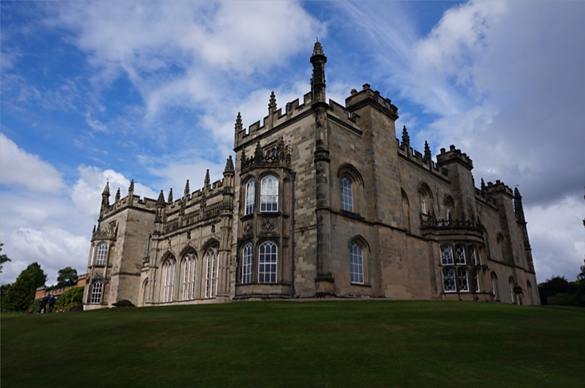
For the past couple of weeks, we have been visiting and learning about specific hallmarks of English Gothic architecture, however today [August 10] we learned about its successor by visiting a unique manor house known as Arbury Hall. Arbury was originally a medieval priory, but was largely re-built first in the Elizabethan period and then again in the 18th century, by Sir Roger Newdigate.
When we arrived I was awestruck by how assertive and dominant this mansion was over its landscape! The grey stones, symmetrical facades, series of pinnacles, and crenellations on the mansion proved this to be a building of power and wealth. As such, this mansion is very picturesque because of its quaint and captivating presence over a vast landscape. We were given 30 minutes to wonder the ground of the mansion but personally, I felt as though that was not enough time. There were many pathways, rose gardens and landscape to explore that when it came time for lunch I had only seen maybe half of the land. That being said, I made sure to get a glimpse of the 18th century Gothic renovations inside.
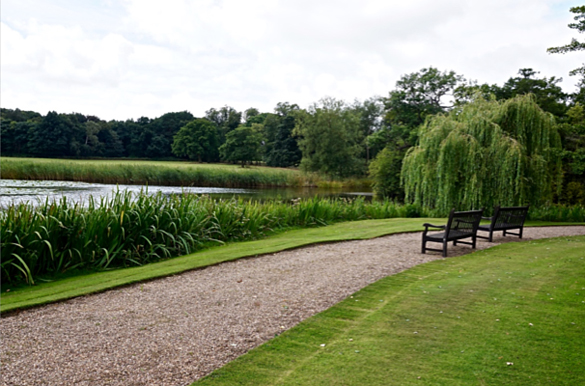
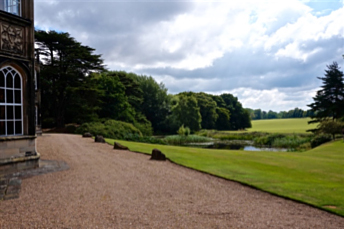
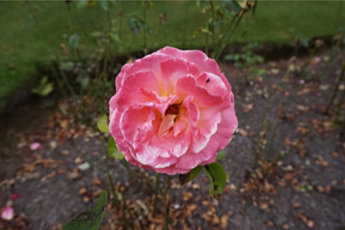
After our walk outside, we were welcomed into the Stable block to be served lunch. We were served a variety of meats with brie cheese and herbed cheese and warm bread followed by a delightful desert served with tea.
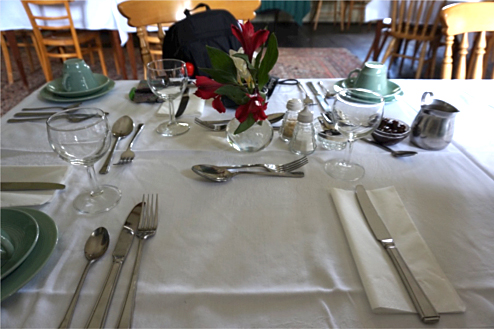
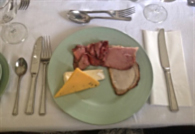
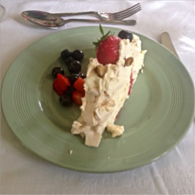
At around 1 o’clock, our tour started. We were lead by Richard, who walked us through the mansion while mainly discussing the family history. Although his discussions were very interesting, I was more focused on the architectural features of each room. We began by visiting the 17th-century Chapel. The ceiling was not plaster or vaulted, rather they are wood carvings of angles, fruit and foliage done by Grinling Gibbons. The remaining rooms were more expressive of 18th-century Gothic taste. All the rooms had fireplaces with mantels evocative of Gothic tombs, and as we moved from the chapel to the school room to the saloon, the ornamentation on the ceiling got more elaborate. From fan vaults, to pendant vaults inspired by Henry VII Chapel at Westminster Abbey, there is not doubt that Roger Newdigate took pride in the historical associations of Gothic architecture.
At the end of our day, we were fortunate enough to have a writing workshop from writer Jon Mycroft, who teaches at Warwick University. As we went on a meditation walk, I was to absorb as much of my surroundings in order to write a poem. It was a new experience, both relaxing and educational, and I believe it’s a technique that will help me in the future.
Overall, my experience at Arbury Hall proved that Gothic architecture is a timeless style that can be incorporated into any building.